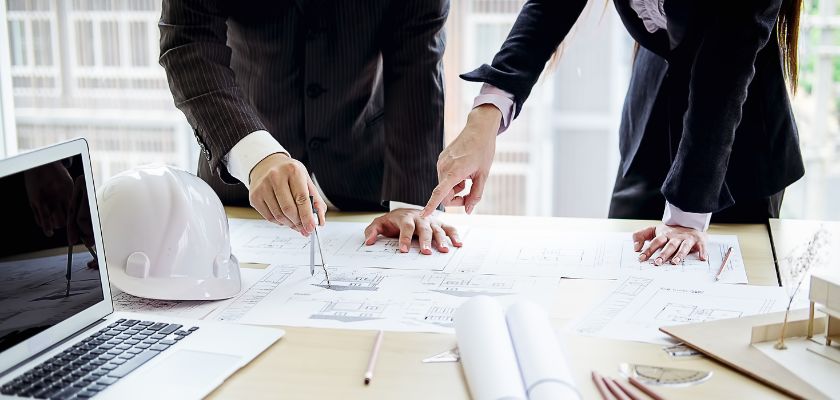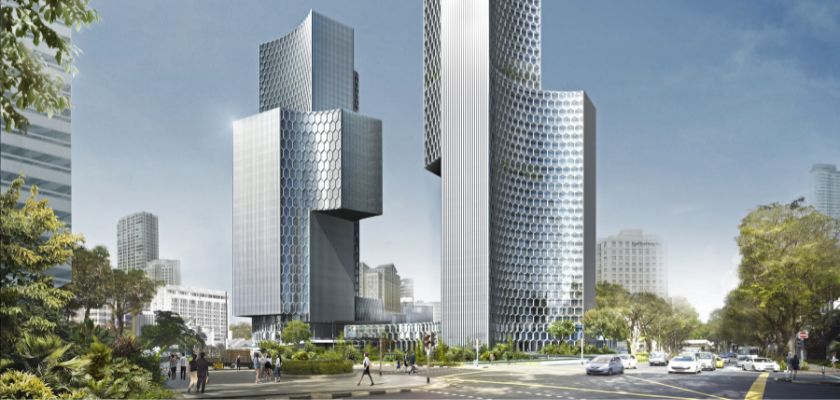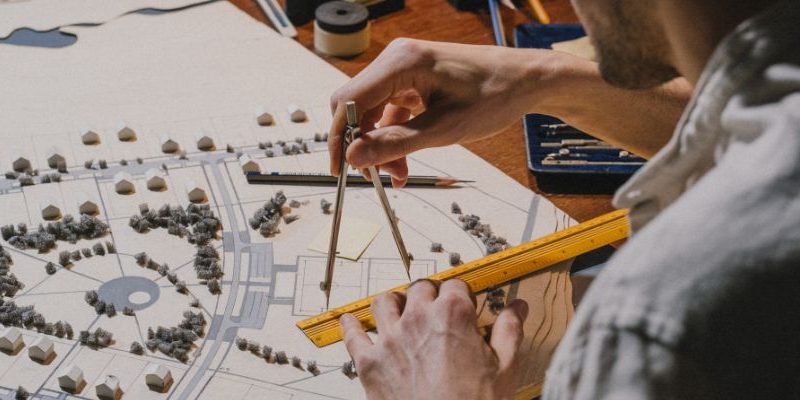At Pristine Connections Group, we recognize the growing importance of sustainable architecture in today’s building industry. Sustainable design not only addresses environmental concerns but also enhances efficiency and aesthetics, making it a core aspect of modern Pristine luxury remodeling projects. This article explores the evolution of sustainable architecture, highlighting how these principles have moved from mere concepts to tangible realities in construction today.
The Roots of Sustainable Architecture

Early Concepts and Theories
Sustainable architecture has its origins in the environmental movements of the 1960s and 1970s. Early concepts focused on energy efficiency and reducing the environmental impact of buildings through the use of renewable materials and technologies.
The Rise of Green Building Standards
As environmental awareness increased, so did the development of green building standards. Initiatives like LEED (Leadership in Energy and Environmental Design) provided frameworks that helped architects and builders incorporate sustainable practices into their designs, marking a significant step in the formalization of sustainable practices in the industry.
Influence of Global Sustainability Agendas
International agreements and global sustainability goals have further shaped sustainable architecture, pushing the industry towards more rigorous environmental targets. These agendas have made sustainability not just beneficial but necessary, influencing how projects are planned from the ground up.
Technology and Sustainable Design

Innovations in Materials
Advancements in materials science have introduced a range of sustainable materials that reduce environmental footprints while maintaining aesthetic appeal and structural integrity. From recycled materials to advanced composites, the choices available for Pristine luxury remodeling projects are vast and varied.
Energy Efficiency Technologies
The integration of energy-efficient technologies such as solar panels, smart thermostats, and energy-efficient windows has transformed how buildings consume energy. These technologies not only support sustainability goals but also offer long-term cost savings, making them a popular choice in modern construction projects.
Software and Modeling Tools
Architectural software has revolutionized sustainable design by allowing architects to simulate and optimize building performance before construction begins. Tools like CAD and BIM (Building Information Modeling) enable precise modeling of energy flows, structural efficiency, and material sustainability, enhancing the planning phase of any construction projects guide.
Implementation in Modern Construction
Regulatory Frameworks and Incentives
Governmental regulations and incentives have played crucial roles in encouraging the adoption of sustainable practices. Tax incentives, grants, and stricter building codes have propelled the construction industry toward more sustainable solutions.
Integrating Sustainability in Luxury Remodeling
In Pristine luxury remodeling, sustainability is integrated through the use of high-quality, eco-friendly materials and smart home technologies that enhance both the functionality and the environmental footprint of luxury spaces.
Case Studies of Successful Implementations
Examples of successful sustainable architecture abound, from residential buildings that achieve net-zero energy consumption to commercial projects that utilize 100% renewable energy. These case studies serve as powerful demonstrations of sustainable architecture’s potential.
Challenges and Future Directions
Overcoming Barriers to Adoption
Despite advancements, challenges such as higher upfront costs and market resistance to new technologies remain. Overcoming these barriers requires continuous education, better access to funding, and ongoing innovation in sustainable construction techniques.
The Role of Architects and Developers
Architects and developers play critical roles in pushing the boundaries of what’s possible in sustainable design. Their commitment to integrating these practices into every project is crucial for the widespread adoption of sustainable architecture.
Predictions for Future Trends
The future of sustainable architecture looks promising, with trends leaning towards more integrated and technologically advanced solutions. The continued evolution of materials and methods suggests that sustainable practices will soon become the standard rather than the exception in construction.
Final Wording
The evolution of sustainable architecture from concept to reality reflects a significant shift in the construction industry, driven by environmental, technological, and societal changes. At Pristine Connections Group, we are committed to incorporating these principles into our Pristine luxury remodeling projects, using our comprehensive construction projects guide to ensure that sustainability is at the heart of everything we do. By embracing sustainable practices, we not only enhance the quality and performance of our projects but also contribute positively to the broader goal of environmental stewardship.
FAQ’s
Sustainable architecture involves designing buildings and using construction practices that are environmentally responsible and resource-efficient throughout a building’s life cycle: from siting to design, construction, operation, maintenance, renovation, and demolition.
Sustainable architecture is crucial for reducing the environmental impact of buildings, which are significant contributors to greenhouse gas emissions and resource depletion. It promotes healthier living environments and can significantly reduce energy consumption and operating costs over time.
Common sustainable materials include reclaimed wood, recycled steel, bamboo, cork, and low-VOC (volatile organic compounds) paints. These materials help reduce environmental impact and often offer better performance and durability.
Energy-efficient technologies such as LED lighting, solar panels, high-efficiency HVAC systems, and smart thermostats help reduce the amount of energy a building consumes. This not only supports sustainability goals but also lowers utility bills substantially.
Incorporating sustainability in Pristine luxury remodeling enhances the property’s value, reduces operational costs, and improves occupant health. It also aligns with global trends toward environmental responsibility, offering a cutting-edge approach to luxury living.







